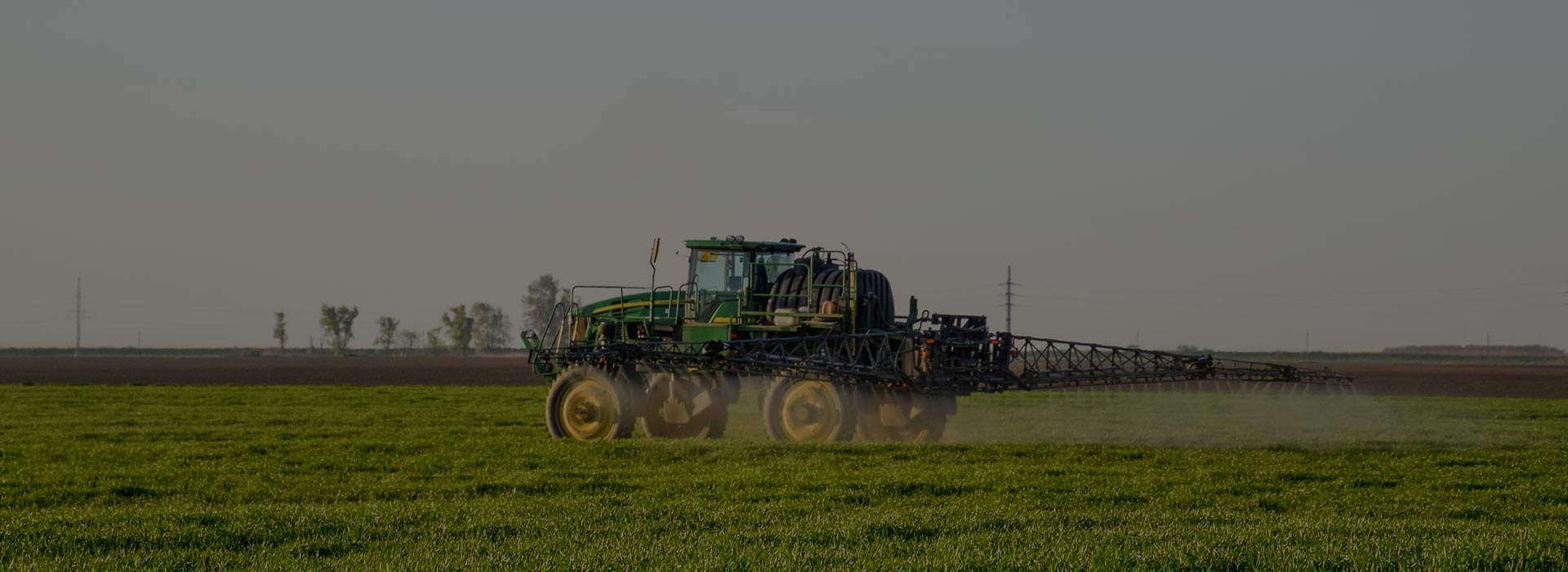Stage 1: GERMINATION/SEEDLING
During the germination stage, adequate temperature and moisture are needed for wheat seeds to germinate. Wheat seeds enjoy an optimum temperature between54° and 77°F. Under favorable conditions, seedling emergence usually occurs within seven days. Until the first leaf becomes functional, the seedling will depend on energy and nutrients stored in the seed.
Stage 2: TILLERING & STEM EXTENSION
The next stage is tillering. Tillering usually starts when plant has 3-4 leaves. After the wheat plant finishes forming tillers, it begins elongation of its internodes or the stem extension stage of growth. The boot stage begins when the head begins to form inside the flag leaf.
Stage 3: HEADING & FLOWERING (POLLINATION)
Next is heading where the head will fully emerge from the stem. After this take places, the plant starts reproductive growth or flowering. Pollination is normally very quick, lasting only about three to five days. Wheat is self-pollinated and it is during this time that kernels per head are determined by the number of flowers that are pollinated. High temperatures and drought stress during heading and flowering can reduce kernel numbers or yield.
Stage 4: RIPENING& MATURITY
After pollination, the ripening stage begins. Ripening is divided into four levels of maturity: milk, soft dough, hard dough, and finally mature. It is during this time that the wheat plant turns to a straw color and the kernel becomes very hard. Harvest can begin when the grain has reached a suitable moisture level.



























































